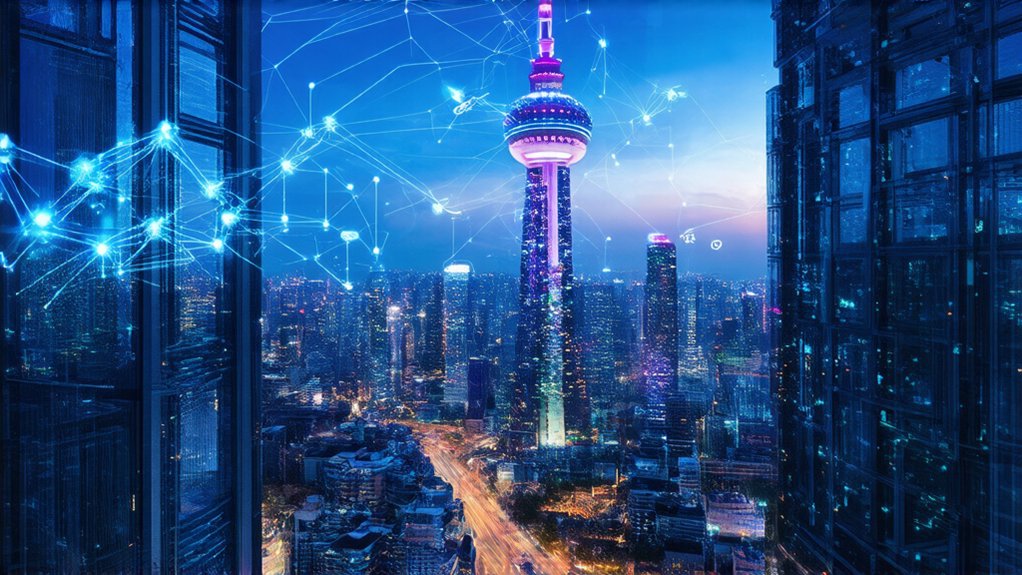While the West has long been considered the epicenter of artificial intelligence innovation, China’s rise in the field tells a different story. From humble beginnings in the late 1970s following Deng Xiaoping’s economic reforms, China’s AI journey started with serious handicaps – scarce resources, limited talent, and playing catch-up to Western powers. Not exactly a recipe for success, right?
Wrong. Fast forward to today, and China’s core AI industry is valued at a staggering RMB 508 billion as of 2022, growing at an impressive 18% year-on-year. That’s not just progress; it’s a technological sprint. The government’s unwavering support through initiatives like the New Generation AI Plan and Made in China 2025 has transformed theoretical ambitions into concrete results.
China’s AI revolution isn’t just impressive—it’s redefining the global tech race at lightning speed.
Chinese cities like Beijing, Shanghai, and Shenzhen have morphed into AI powerhouses. They’re churning out innovations in facial recognition, speech technology, and large language models that rival anything Silicon Valley produces. The state has dedicated 1 trillion Yuan from the Bank of China to further fuel this AI development. Remember when “Made in China” meant cheap knockoffs? Those days are gone.
The country’s research output is no joke either. China now leads globally in AI research papers and patents. Scientists who once studied abroad are returning home, bringing international expertise to domestic innovation. These early research efforts were predominantly led by scientists educated outside China. Their AI models require massive computational resources, utilizing warehouses of specialized hardware to process billions of parameters. Talk about a brain gain.
This AI boom isn’t just reshaping China’s economy – it’s changing everything from agriculture to manufacturing to transportation. Jobs will shift, industries will transform, and consumers will feel the impact whether they’re ordering food or working in factories.
Looking ahead, China isn’t subtle about its ambitions. The goal? Surpass the U.S. in AI innovation by 2030 and reach a total industry value of USD 150 billion. With annual growth consistently exceeding 10%, they might just pull it off.
The global tech landscape isn’t just changing; it’s being completely redrawn. And China, once a technological follower, now holds the pencil.




